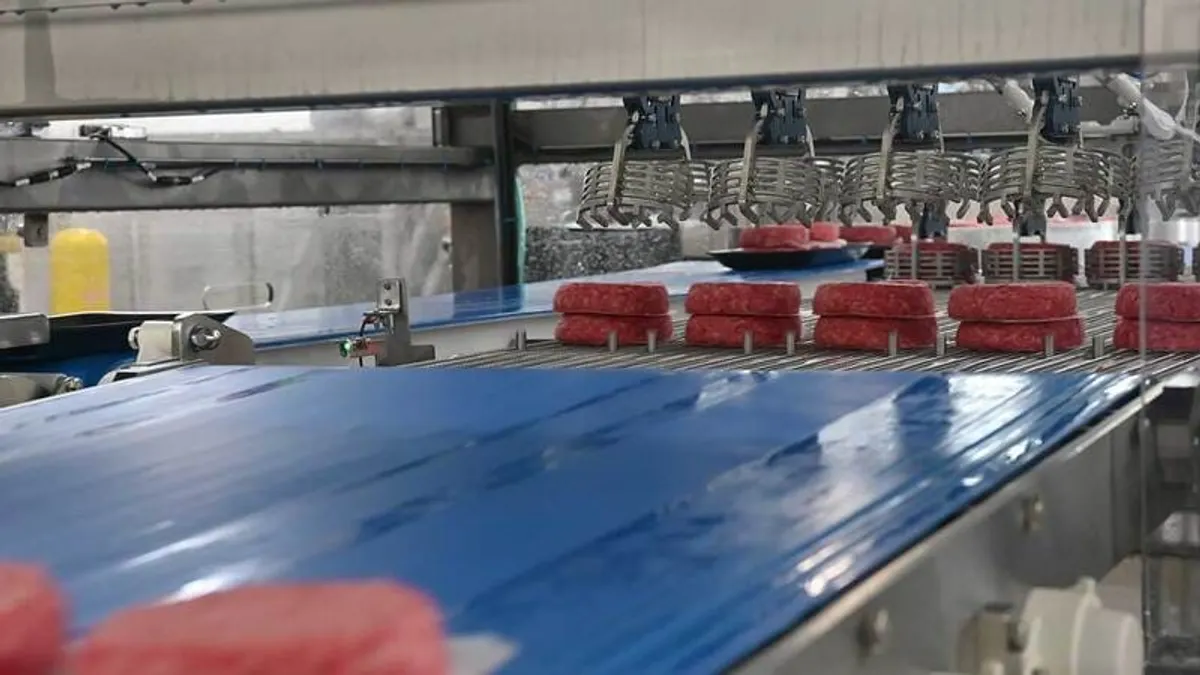The scarcity of laptops and other computing equipment evolved from a temporary setback of the early pandemic to a persistent problem for tech leaders. Semiconductor shortages, the bane of the automotive industry, are also limiting IT leaders in the enterprise world.
Electronics supply chain issues have extended the lead time for some enterprise mobile PC models "to as long as 120 days," Gartner said. And the problem is showing no signs of easing up in the short term, expected to last at least to the second quarter of 2022.
Computing equipment shortages threaten a company's ability to operate efficiently. Pressured by scarcity, IT organizations are expanding the types of devices that they deploy and adjusting their requirements to fill the equipment gaps as CIOs gain new insight into the supply chain component of their jobs.
The problem is multilayered. There's the actual semiconductor shortages, the result of off-kilter supply and demand, geopolitical tensions and labor shortages in manufacturing. The supply chains moving the material through the process are also facing headwinds, a symptom of broader disruption in global logistics.
In some cases, the devices are available but there are bottlenecks in the testing or packaging stages, according to Gaurav Gupta, research vice president at Gartner. No matter the cause, the bottom line for IT organizations is that the tech tools businesses require aren't available.
"A lot of companies are not able to procure laptops, PCs and servers for their own internal IT use," said Gupta.
Trouble ahead for IT support
Though IT already grappled with massive change while adjusting to remote and hybrid work in the past year, ongoing supply chain woes bring a new layer of complexity.
The number of distinct computer models deployed in the enterprise since May 2021 has increased by 15%, according to a report from Aternity. Companies have added 25 models to their equipment fleets each month since April 2021.
"Typically, an IT organization would have a catalog of devices that they have tested and they know intimately," said Jon Hodgson, VP of product at Aternity. "When you're going to get a device, it's one of five or one of 10."
"What we're seeing now is a lot of companies have to evolve their systems and processes to be a lot more agile, flexible, and resilient than they were before."

Jeff Wong
Global chief innovation officer at EY
This model simplified support, since IT teams had deeper insight on a smaller number of computers. Now, new device models are making their way to the equipment pool in odd-sized batches.
"What that means is that there are going to be challenges in supportability there," said Hodgson.
IT support issues are catching IT teams at a bad time. Managing remote work and keeping organizations running is already causing stress for IT teams.
While device management solutions can help allay some challenges of maintaining a wide range of devices, there's still potential trouble ahead, said Glenn O'Donnell, VP and research director at Forrester.
"If you have a drive that blows up in your PC, and it's an HP PC, you might have a stockpile of parts for Dell PCs but you don't have one for the HP PC," said O'Donnell. "That kind of complexity is really going to hamper the efficiency of IT.
Surviving the great semiconductor shortage
The laptop shortage is a symbol of the CIO's expanding footprint in the enterprise. First came the evolution from a leader of back-office functions to a trusted business advisor in all things technology. Add to that a sliver of supply chain insight, as they're tasked with navigating the procurement of mission critical laptops.
CIOs have a number of strategies to follow as they help the business respond to the bottleneck, but it all comes back to the concept of flexibility. For example, turning to alternative providers in a pinch.
"What we're seeing now is a lot of companies have to evolve their systems and processes to be a lot more agile, flexible, and resilient than they were before," said Jeff Wong, global chief innovation officer at EY. "That means looking at not just their core suppliers but alternative suppliers."
"A lot of companies are not able to procure laptops, PCs and servers for their own internal IT use."

Gaurav Gupta
Research VP at Gartner
CIOs should also exercise flexibility in the desired specifications, and adjust expectations to what's readily available.
"Maybe the configuration for the PCs is no longer available so you try a different configuration," said O'Donnell. "Maybe it's a different processor, maybe it's a slower processor and you might not get what you're looking for."
The supply chain woes have even led some businesses to look at the secondary market for refurbished equipment that can respond when nothing else will help, according to O'Donnell.
"It's certainly happening for smaller companies, because you just don't have deep enough pockets to pay the extra price," said O'Donnell. "Getting a refurbished machine is going to carry you for a while, and it's probably going to work well enough long enough to get through this."
























